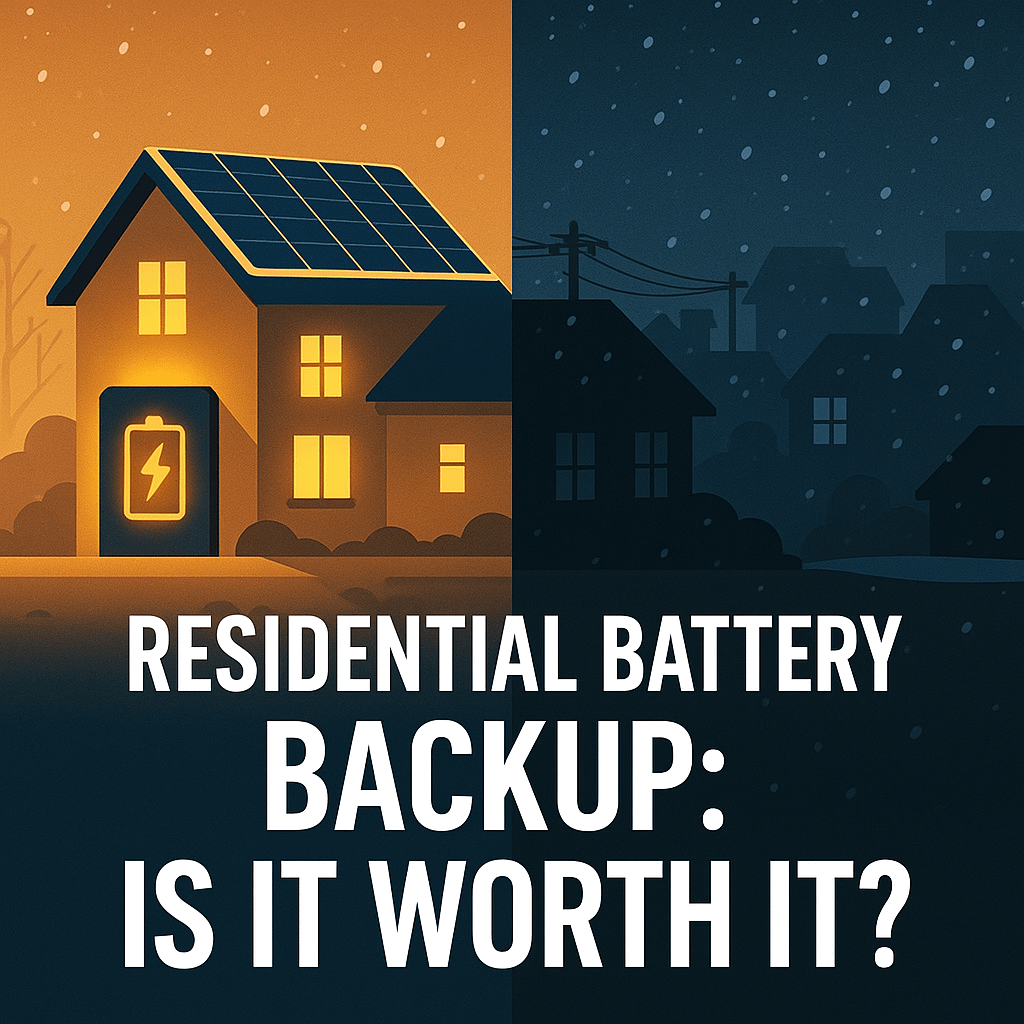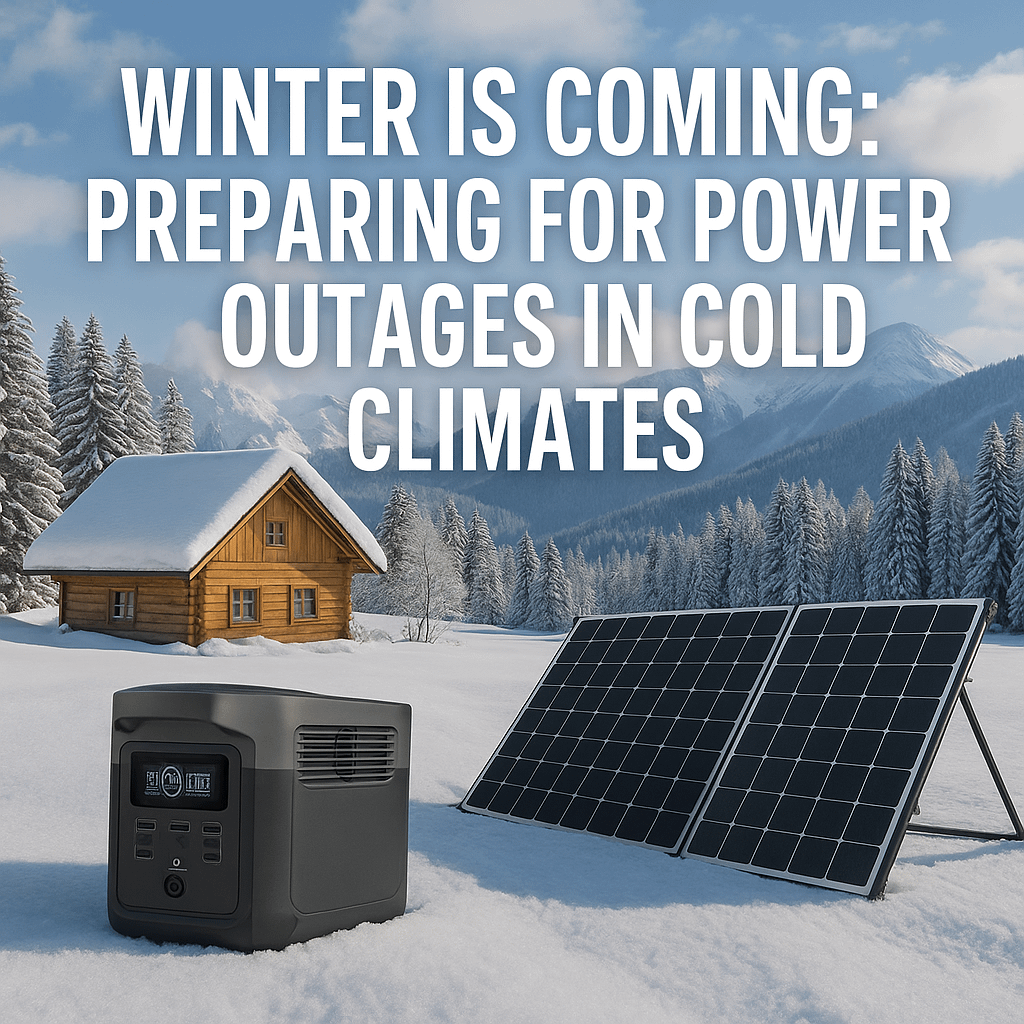Energy Resilience in an Uncertain Grid
Across the country, the grid is aging. Between heat waves, high-wind shut-offs, and surging demand, reliability is becoming less of a guarantee. At the same time, utility rates are climbing and incentives for solar + storage are evolving.
For homeowners, that means the question isn’t if you should plan for outages—but how.
Battery backup systems promise quiet, automatic protection, but are they worth the cost? Let’s dig in.
⚡ What Is a Residential Battery Backup System?
A home battery backup system stores electricity—usually from solar panels or the grid—so you can use it when the power goes out or when electricity prices spike.
Systems range from small partial-home setups to whole-home, multi-day configurations that can keep your house powered for days.
💰 Typical Cost of Whole-Home Battery Backup (2025)
Pricing varies widely by capacity and brand, but as a rule of thumb:
System Type | Approx. Capacity | Typical Installed Cost* |
|---|---|---|
Partial-home (1 day, 10–15 kWh) | Lights, fridge, Wi-Fi | $10,000 – $15,000 |
Whole-home (2 days, 25–30 kWh) | Most loads | $18,000 – $28,000 |
Extended autonomy (3 + days, 40–60 kWh) | Nearly full independence | $30,000 – $45,000 + |
*Including installation and compatible inverter.
Reference: See average pricing and brand comparisons at EnergySage’s Home Battery Guide.
🌩 How Grid Reliability Affects the Decision
If your utility rarely goes down, spending $25 k on a backup might feel excessive.
But if you live where Public Safety Power Shutoffs (PSPS) or storm-related outages are common, reliability can be priceless.
Use your utility’s outage history (many post it online) or simply recall how often you’ve reached for candles the past few winters. If it’s more than once or twice a year, a battery starts to make economic and comfort sense.
⚖️ Net Metering and Policy Uncertainty
Do you have solar panels? Net metering—the credit homeowners receive for exporting solar power to the grid—has been changing fast.
Net metering once appeared to be here to stay, and often made a complementary backup battery system redundant. The power grid, after all, serves as a perfect battery with 1/1 net metering. But recently, the trend has been for utilities to compensate homeowners less, and in some cases not at all, for their excess power generation.
States like California have moved to Net Billing (NEM 3.0), which dramatically reduces export compensation.
That shift makes self-consumption and battery storage more attractive, since stored solar power you use later is worth far more than exporting it for pennies… or for nothing at all.
Learn More: EnergySage Net-Metering Policy Tracker
Will net-metering policies continue? Probably, for the most part, but with reduced benefits. Expect a gradual move toward rewarding on-site storage and time-of-use optimization rather than simple one-for-one crediting.
🔋 Backup Options: From Whole-Home to Targeted Circuits
1️⃣ Whole-Home Backup
These systems power every circuit, mimicking normal operation during an outage.
Pros: Seamless comfort, automatic transfer, can sustain heating/cooling loads.
Cons: Highest cost; large battery capacity required.
Autonomy Planning:
Review your last 12 months of utility bills. Find your daily kWh average (usually listed).
Multiply by the number of days you want to sustain (1–3 days typical).
Example: 25 kWh/day × 2 days = 50 kWh battery.
2️⃣ Critical-Load or “Optional Standby” Circuits
Instead of backing up the entire home, you wire a subpanel for essentials:
Refrigerator & freezer
Lighting in key rooms
Computer / router
Medical or security devices
This reduces battery size → lower cost → more efficient use of stored power.
Expect pricing around $10–15 k for a solid partial-backup install.
3️⃣ Portable Power Stations (Scalable & Flexible)
If you’re not ready for a hard-wired system, high-capacity portable power stations bridge the gap.
They can keep essentials like CPAPs, laptops, or a fridge running, and can recharge via solar panels.
👉 Use our Power Station Estimator Tool to calculate runtime and match the right model to your needs.
Note: As an affiliate I earn from qualifying purchases. By using our links you are supporting Evergreen Off-Grid. Thank you!
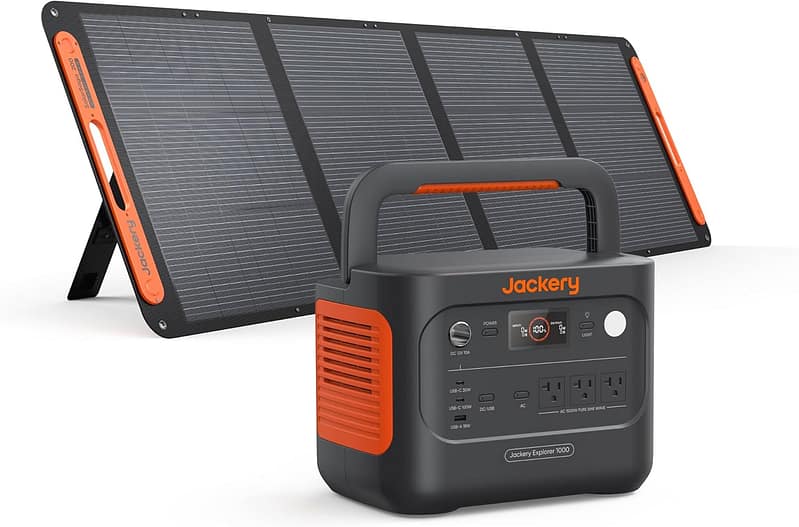
Jackery Solar Generator 1000 v2 with 200W Solar Panel,1070Wh Portable Power Station LiFePO4 Battery,1500W AC/100W USB-C Output
$1,299.00 Original price was: $1,299.00.$699.00Current price is: $699.00.

- 4000W Output (6000W with X-boost)
- 12kW Capacity
$9,599.00 Original price was: $9,599.00.$6,198.00Current price is: $6,198.00.
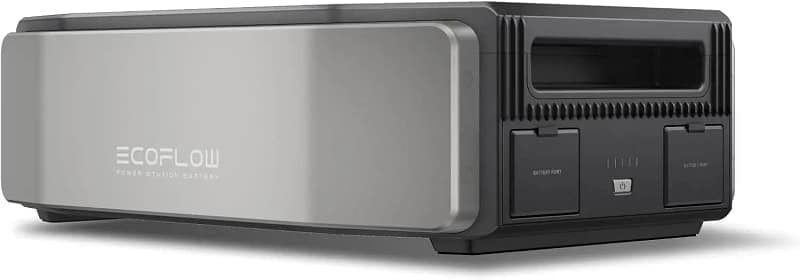
- 21kW Output!
- 90kWh Capacity!
$3,299.00 Original price was: $3,299.00.$2,299.00Current price is: $2,299.00.

- 4000W Output
- 8000Wh Capacity
$6,298.00 Original price was: $6,298.00.$4,099.00Current price is: $4,099.00.
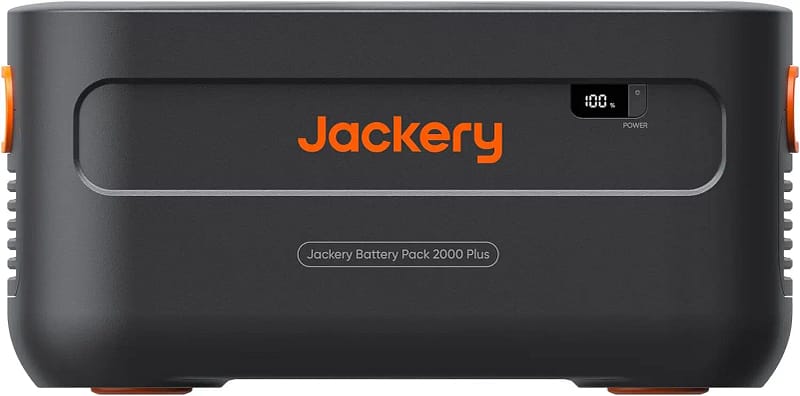
- 3000W Output
- Extra 2000 Wh Capacity
- Expandable up to 24 kWh!
$1,599.00 Original price was: $1,599.00.$929.00Current price is: $929.00.
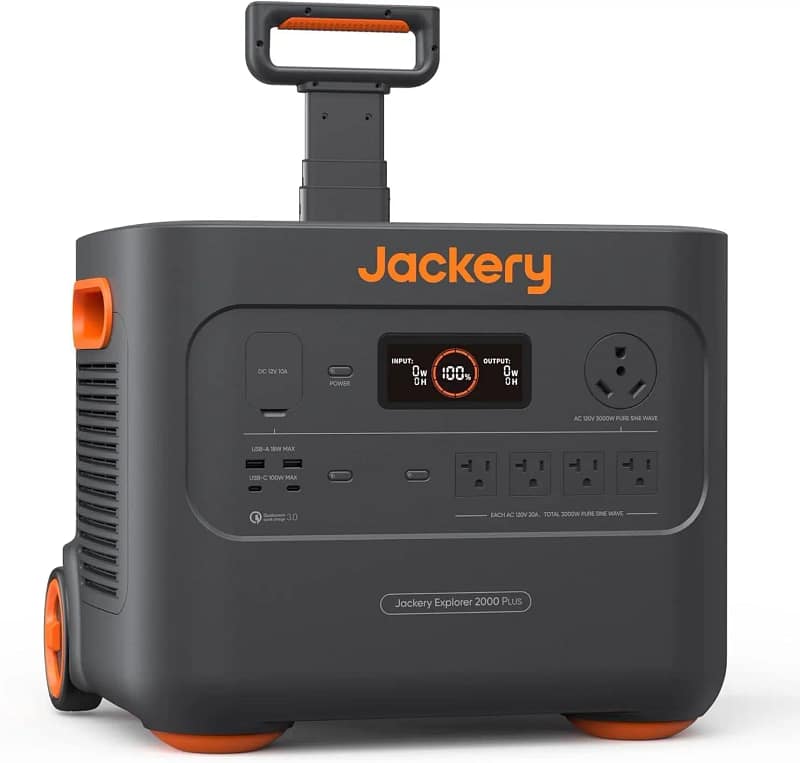
-
3000W Output
- 2,042.8 Wh Capacity
$1,999.00 Original price was: $1,999.00.$1,499.00Current price is: $1,499.00.
🌤 Peak Shaving: Not Just for Emergencies
Battery storage isn’t only about outages. With time-of-use billing and demand charges spreading, a smaller battery can save money by charging during off-peak hours and discharging when rates spike.
This “peak shaving” reduces your grid draw and softens your bills—especially useful if your utility implements dynamic pricing during high-wind shut-offs or extreme heat events.
💸 Tax Incentives and How They’re Changing
As of 2025, the Federal Clean Energy Credit (part of the Inflation Reduction Act) still covers 30 % of the cost (expires 12/31/25, act now!) of eligible battery systems—whether paired with solar or standalone.
However, local and state incentives are starting to phase down or tighten eligibility.
Check updated credits at the Database of State Incentives for Renewables & Efficiency (DSIRE).
Apply early: utilities often cap incentive programs annually.
📈 Locking in Your Energy Price
Every year, utility energy costs rise—often 3–6 % annually. Installing a solar + storage system effectively locks in your energy price for 10 – 15 years.
While it’s not “free power,” it shields you from volatility and lets you own your energy future.
🏷 Reputable Battery Products
While we don’t play favorites, some of the most established systems include:
Tesla Powerwall 2 / 3
LG Energy RESU
Enphase IQ Battery
Panasonic EverVolt
Generac PWRcell
Compare specs, warranty, and installer reviews at EnergySage.com — our trusted affiliate resource for unbiased solar and storage quotes.
🧭 Putting It All Together
Situation | Recommended Backup Strategy |
|---|---|
Frequent outages, medical needs | Whole-home or 2–3 day autonomy system |
Occasional storms, budget-conscious | Critical-load subpanel |
Renters / portable needs | Large power station + solar recharge |
High TOU rates, good grid | Smaller battery for peak shaving |
🌲Evergreen off-grid Final Recommendations
Start with your “why.” Is it comfort, savings, or survival? Your goal drives system size.
Audit your usage. Pull your utility data—know your daily kWh average.
Balance cost vs. coverage. It’s fine to start small and expand later.
Leverage incentives while they last. The 30 % federal credit expires soon!
Do your homework. Use EnergySage to compare real quotes—and test small systems first with our Power Station Estimator Tool.
Prepared homes don’t fear the next blackout—they glide through it.

